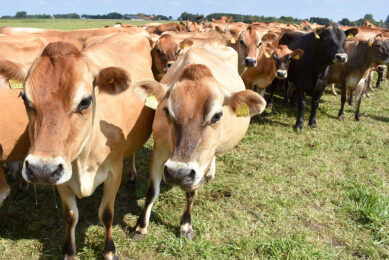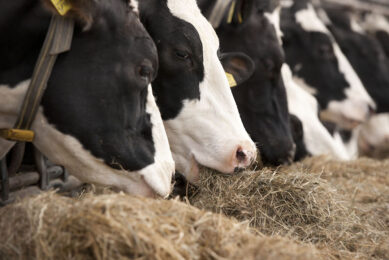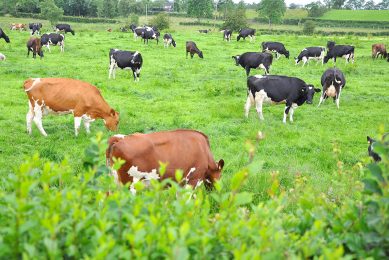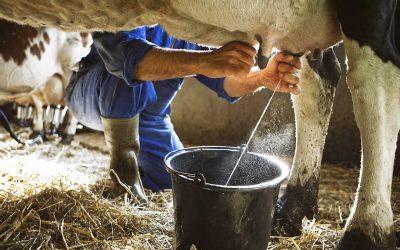New water tool can cut dairying costs
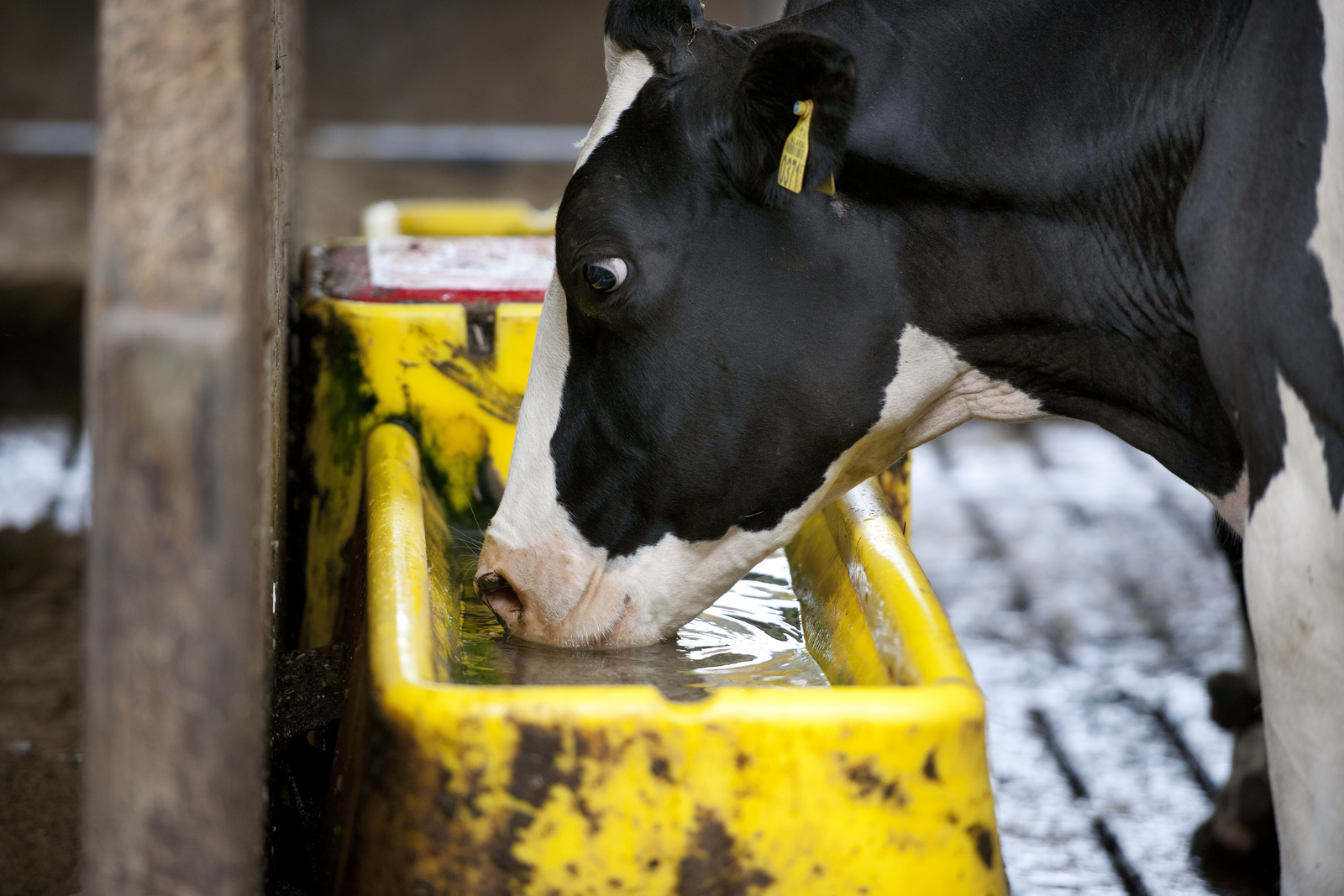
A new assessment tool calculates water consumption based on the number of dairy cows on the farm and some additional production figures.
The tool, developed by Alltech E-CO2, can be used to increase water use efficiency. “With water contributing to the cost of milk sold on many dairy farms, this new tool to measure and monitor consumption could be a significant cost saver for the industry,” says Alltech.
The tool has been developed as an addition to its existing carbon and cost of production tools, and can also be used as a stand-alone assessment. The tool has been accredited by the Carbon Trust to comply with the ISO 14046 standard and the Water Footprint Network (WFN) methodology, ensuring the highest level of accuracy and validity.
Want to stay updated on dairy news? Register for free at Dairy Global, the sister publication of
All About Feed.
Through the assessment, the tool calculates water consumption based on the number and weight of animals on farm, grazing periods, milk production figures, milk characteristics, milking machine management protocols and the milk storage capacity available. The resulting footprint and accompanying report, can then be used to facilitate efficient water use and consumption on-farm by comparing metered water to estimated water consumption or by identifying areas where consumption is above average and savings can be made.
“This tool provides an easy but accurate way to measure water consumption per litre of milk production, and then allows farms to benchmark performance and take actions to improve efficiency,” said Ben Braou, joint business manager, Alltech E-CO2.
A cow requires between five and seven litres of water to produce a litre of milk, and availability of a clean supply is an essential prerequisite for efficient production. According to Dutch feed company Agrifirm, a dairy cow that produces 40 kg milk per day, needs 120 litres of water for maintenance and 80 litres of water for milk production (200 litres per day in total).
However, studies have shown that overall water consumption per litre varies massively on dairy units, with the least water-efficient farms consuming three times more than the average. This suggests there is scope to improve water efficiency on some units; by doing so these farms will cut cost of production and avoid unnecessary waste of a valuable resource.
“Resource use efficiency is an increasingly important factor in all food production and is of interest not only to primary producers but to the whole food chain. The ability to monitor use of inputs such as water and demonstrate efficiency will become an essential element of effective management,” said Braou.
For more information on this tool and how it can be used to increase water use efficiency on your farm, download a copy of ‘The volumetric water consumption of British milk: Supplementary study on a sample of 11 dairy farms’ here.
Source: Alltech




